Exposure • Media • Photography • Social Good
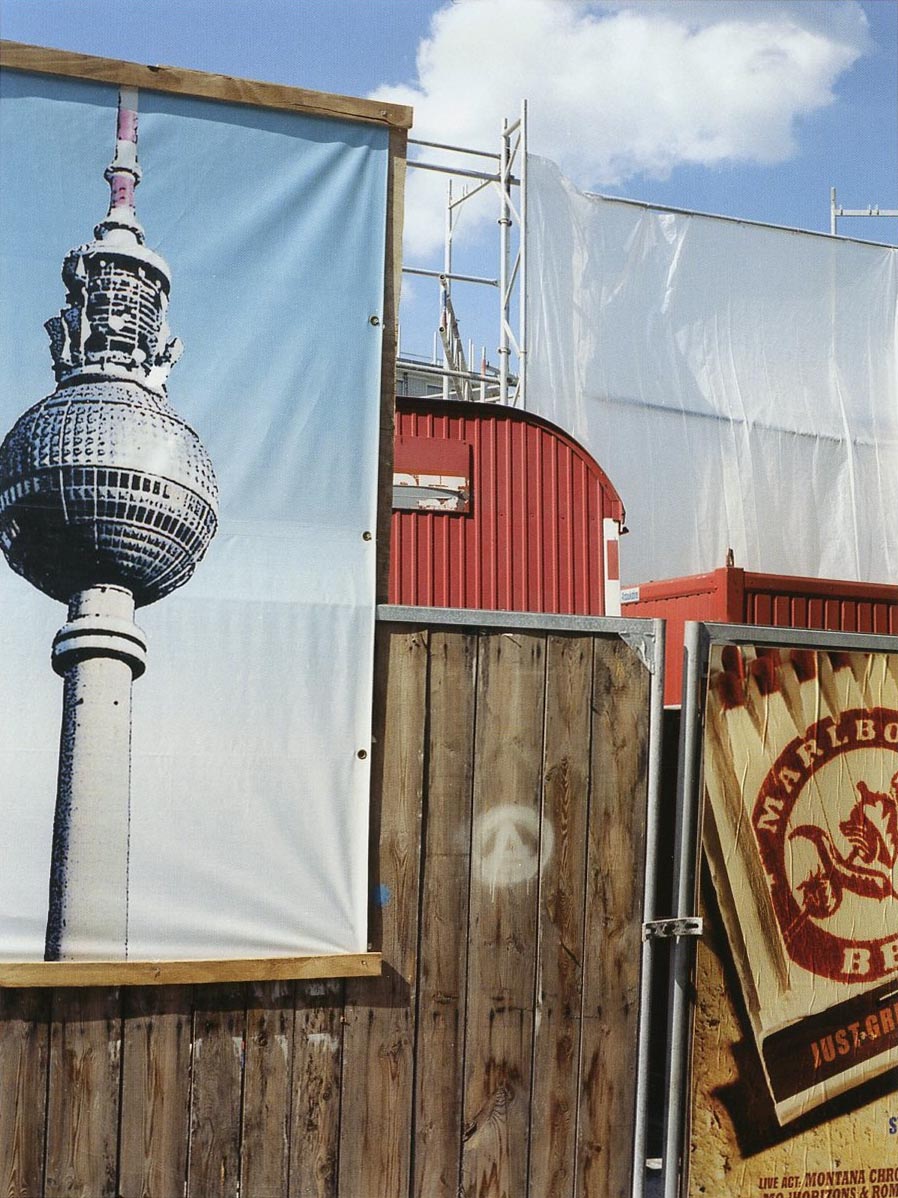
February 24, 2015
Exposure: Berlin scene by Wolfgang Zurborn

Untitled, Berlin, 2001 by Wolfgang Zurborn
Anything can be photographed and anything could potentially become a photograph worth looking at. The photographer’s task, as generally understood, is to isolate these significant details. But this is already to think in terms of a “subject,” something prominent within the photograph’s frame that is self-evidently what the picture is about. In a complex picture, taken as something occurs, there may be elements that the photographer doesn’t consciously notice at the moment of capture. These products of chance, happening simultaneously, can elevate a picture above the norm and imbue it with an atmosphere of revelation and meaning.
Our visual field is chaotic and the relationship between the things within it is constantly shifting. One thing obscures another. Objects and phenomena that may have no connection suddenly come into proximity and temporary association. Mostly these odd conjunctions go unnoticed because attention is selective, and our habit is to single out what is immediately relevant to our interests or needs and to ignore the rest.
What happens when there is no clear, central subject in a photograph and the randomness of visual events, the object-world’s refusal to cohere, becomes the point? Wolfgang Zurborn’s untitled picture, taken in Berlin in 2001, is a collection of collisions and overlaps, of planes and layers: a picture within a picture, a fence, red containers, shrouded scaffolding, a building glimpsed through a gap, and the sky.
The image is like a collage built from fragments that don’t usually belong together and aren’t positioned where we might expect to find them. The Berliner Fernsehturm (TV tower) should be at the back of the scene, not the front, in the sky that attracts attention because of the perfectly placed cloud. The picture appears in a book titled Drift (2007), where all Zurborn’s photographs have the air of being in-between, as though the drifting camera has paused at one of the countless transitory points of intersection between things. Its sense of visual cohesion comes from the plethora of vertical, horizontal and parallel lines, the concatenation of curves and circles.
Zurborn’s picture can be seen as the fruit of a “decisive moment”—to use Henri Cartier-Bresson’s famous imperative—the miraculous instant when everything melds harmoniously to form an image that appears to be an inevitable expression of its idea. What emerges in this case, though, is far less certain than in the usual humanist interpretation of that dictum. Despite the picture’s impression of having detected and exposed a hidden code, there is no lesson to be drawn, only the paradox that randomness can contain, and conceal, an immanent form of order.
Observed
View all
Observed
By Rick Poynor
Related Posts
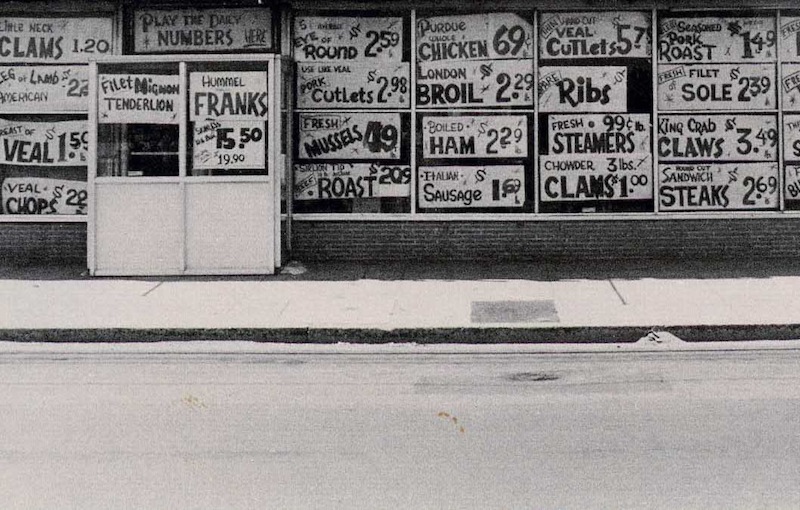
Exposure
Rick Poynor|Exposure
Exposure: Andy’s Food Mart by Tibor Kalman and M&Co
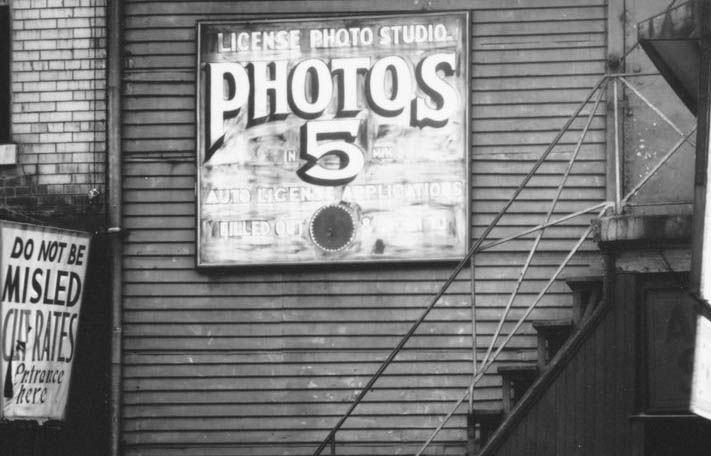
Exposure
Rick Poynor|Exposure
Exposure: License Photo Studio by Walker Evans
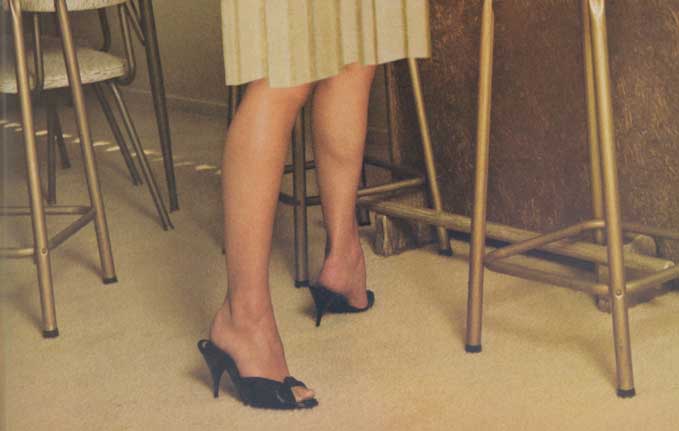
Arts + Culture
Rick Poynor|Exposure
Exposure: Drape (Cavalcade III) by Eva Stenram
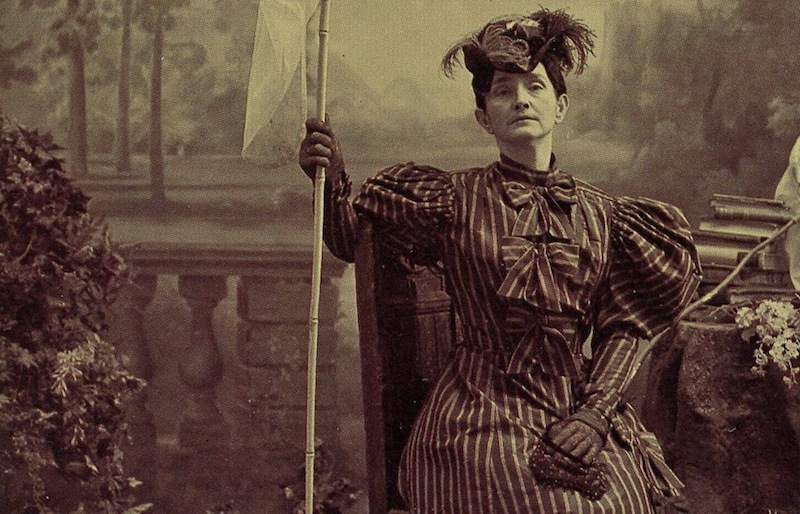
Arts + Culture
Rick Poynor|Exposure
Exposure: Mrs. E.N. Todter by Dion & Puett Studio
Related Posts

Exposure
Rick Poynor|Exposure
Exposure: Andy’s Food Mart by Tibor Kalman and M&Co

Exposure
Rick Poynor|Exposure
Exposure: License Photo Studio by Walker Evans

Arts + Culture
Rick Poynor|Exposure
Exposure: Drape (Cavalcade III) by Eva Stenram

Arts + Culture
Rick Poynor|Exposure

 Rick Poynor is a writer, critic, lecturer and curator, specialising in design, media, photography and visual culture. He founded Eye, co-founded Design Observer, and contributes columns to Eye and Print. His latest book is Uncanny: Surrealism and Graphic Design.
Rick Poynor is a writer, critic, lecturer and curator, specialising in design, media, photography and visual culture. He founded Eye, co-founded Design Observer, and contributes columns to Eye and Print. His latest book is Uncanny: Surrealism and Graphic Design.